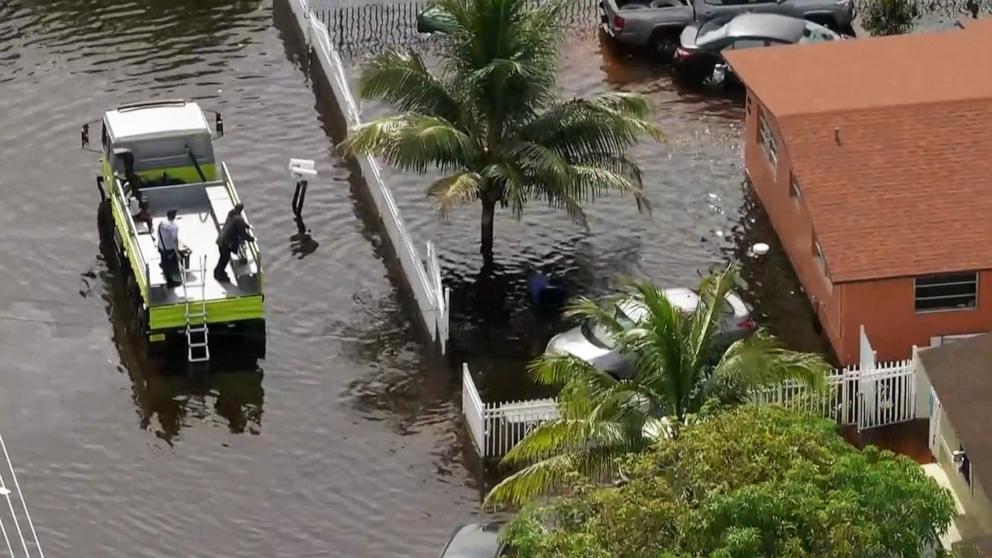Like so many rural and farm communities this spring, tornadoes recently tore through a part of Western Iowa last month that my wife, Marilyn, our children and I called home for 44 years. It completely destroyed, houses, outbuildings, grain bins, trees, farm machinery and personal vehicles of several neighbors just a mile away from where we lived.
Our farm, before my wife and I moved in December 2022 to Pella, Iowa, was spared, but not our heartbreak for those who lost all, or part, of their farmsteads and livelihoods. Everywhere, people were helping to clean up debris and undertake repairs during both occasions when we visited the devastated area after the April 26th EF3 tornado.
One person who lost everything two days previously, said that his first words after the tornado subsided were, “God showed His dominion over all.”
His place looked like a war zone, with only two partially intact trees, and no remaining structures on his farm. He commented, “Now, I know what the Ukrainians are going through. I’m still in shock, but I know God wants me to go on.”
Another farm couple with whom we have a five-decade-long friendship, had only two still-standing structures: an old garage and a portion of their original farm house before they added on a new kitchen and dining area.
When we asked them about they felt, they said, “We were having difficulty downsizing, but God took care of that problem. Now we can move forward to the next stage of our lives.”
How wise and hopeful these victims of life-altering tragedies are! We can learn from them and other survivors of serious disasters about coping emotionally and recovering when we experience disasters.
I credit much of this article to years of associating with victims of a broad range of disasters. Earlier this century I managed Iowa’s Crisis Counseling Program for several years, under a contractual agreement of AgriWellness, Inc., a nonprofit corporation that I directed, with the Iowa Department of Health and Human Services.
Every state has a Disaster Behavioral Health Response Plan which deploys trained Crisis Counseling responders who assist victims of any kind of disaster, if its governor declares the event a state disaster and requests crisis counseling to assist with recovery.
A disaster meets criteria for federal declaration when an assessment by FEMA indicates that the need for assistance exceeds state and county resources. The tornadoes in Western Iowa met the criteria for state and federal disaster declarations.
Farmers’ recovery from tornadoes and other relatively short-term but powerful destructive events, such as floods and wildfires, follow a pattern that most survivors of similar disasters experience. Recovery from long-term disasters, like wars and protracted famines, has a different trajectory that usually affects more than one generation.
We can expect four phases of recovery from most disasters: planning, response, recovery, and post-recovery. The first phase starts with the formation of safety plans by farmers and anyone.
Taking out insurance policies to mitigate losses and planning responses to potential threats, such as where to take shelter when an approaching tornado is detected. Even if a disaster plan isn’t implemented, it provides reassurance to everyone, including insurance providers.
The second phase entails the alarm and immediate responses to a traumatic event. Triage of victims, and documentation of the extent of damage, occur first.
When the immediate crisis is stabilized, affected persons, volunteers and officials engage in intense efforts to find any other victims and to restore temporarily acceptable living conditions. That’s why this phase is sometimes called the heroic phase.
Adrenaline fuels survivors of the trauma and those helping with rescue and response operations. Local Emergency Managers and Red Cross officials assess the severity of the devastation and the need for recovery assistance.
During this phase, affected persons and those helping them, wear out and may experience emotional fatigue, as well as PTSD symptoms if additional threats occur. Eventually, depression and/or compassion fatigue may set in. How long the heroic part of recovery lasts depends on the severity of the devastation, as well as the resources available to assist recovery.
Recovery is the third phase; it may take months to years. Sometimes anxiety develops when similar threats occur, as well as depression when exhausted. Crisis counseling can assist these persons. There is sound research data that indicates crisis counseling enhances emotional, and physical, recovery.
The fourth phase is the post recovery period occurs when we realize that we aren’t the same as we were before the disaster, but we have confidence that we can go on.
Farmers, and others who are dealing with disasters, take a look at how you are adjusting.
Disasters provide us with opportunities to make ourselves better people. We can learn lessons in humility, caring for others and hope, when little else exists except a Higher Force and the support of friends, neighbors, caregivers and recovery programs. I thank the people who continue to teach me lessons.
Dr. Mike Rosmann is a farmer and psychologist. Contact him at [email protected].

Sarah Wilson is your guide to the latest trends, viral sensations, and internet phenomena. With a finger on the pulse of digital culture, she explores what’s trending across social media and pop culture, keeping readers in the know about the latest online sensations.






